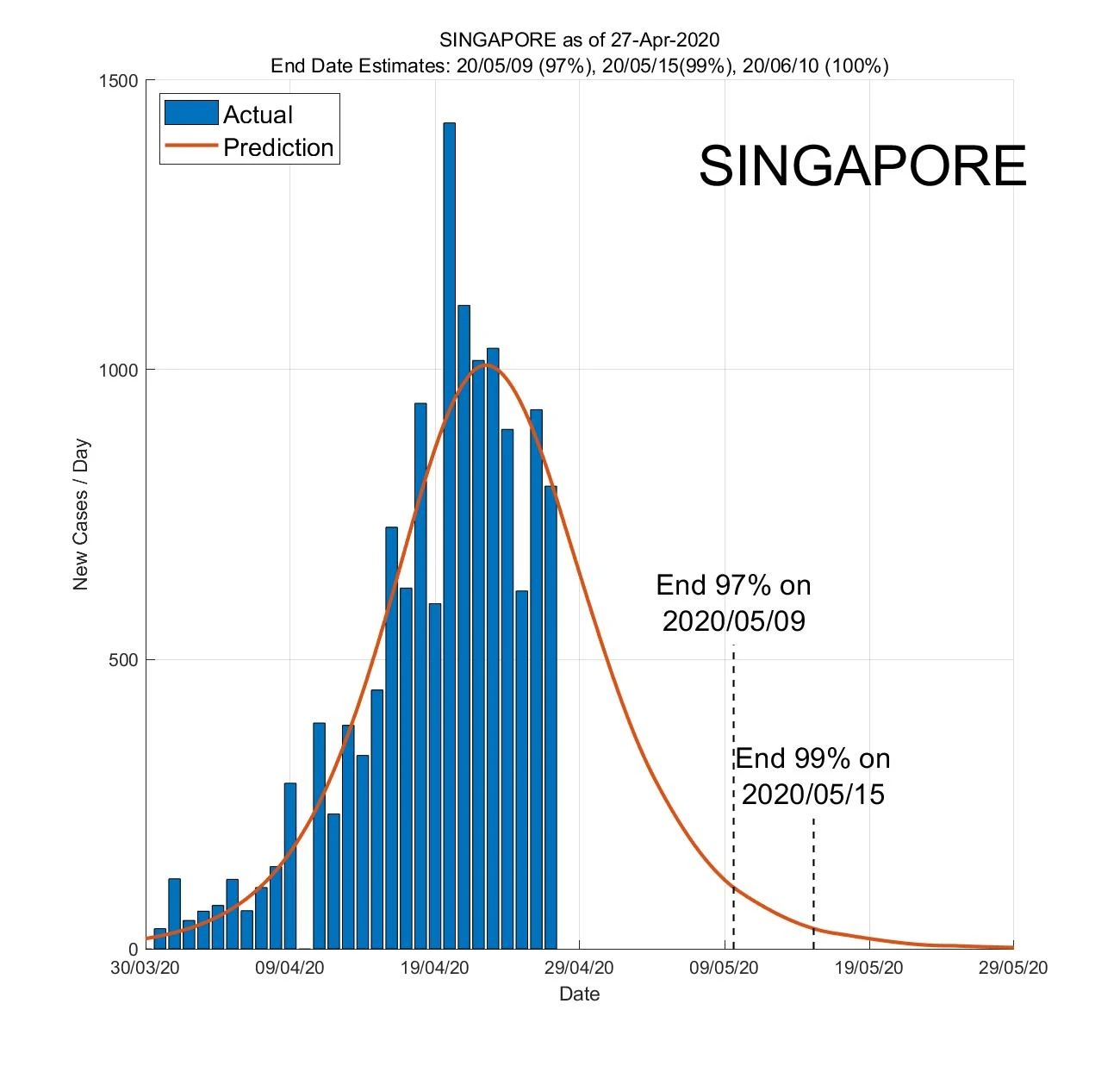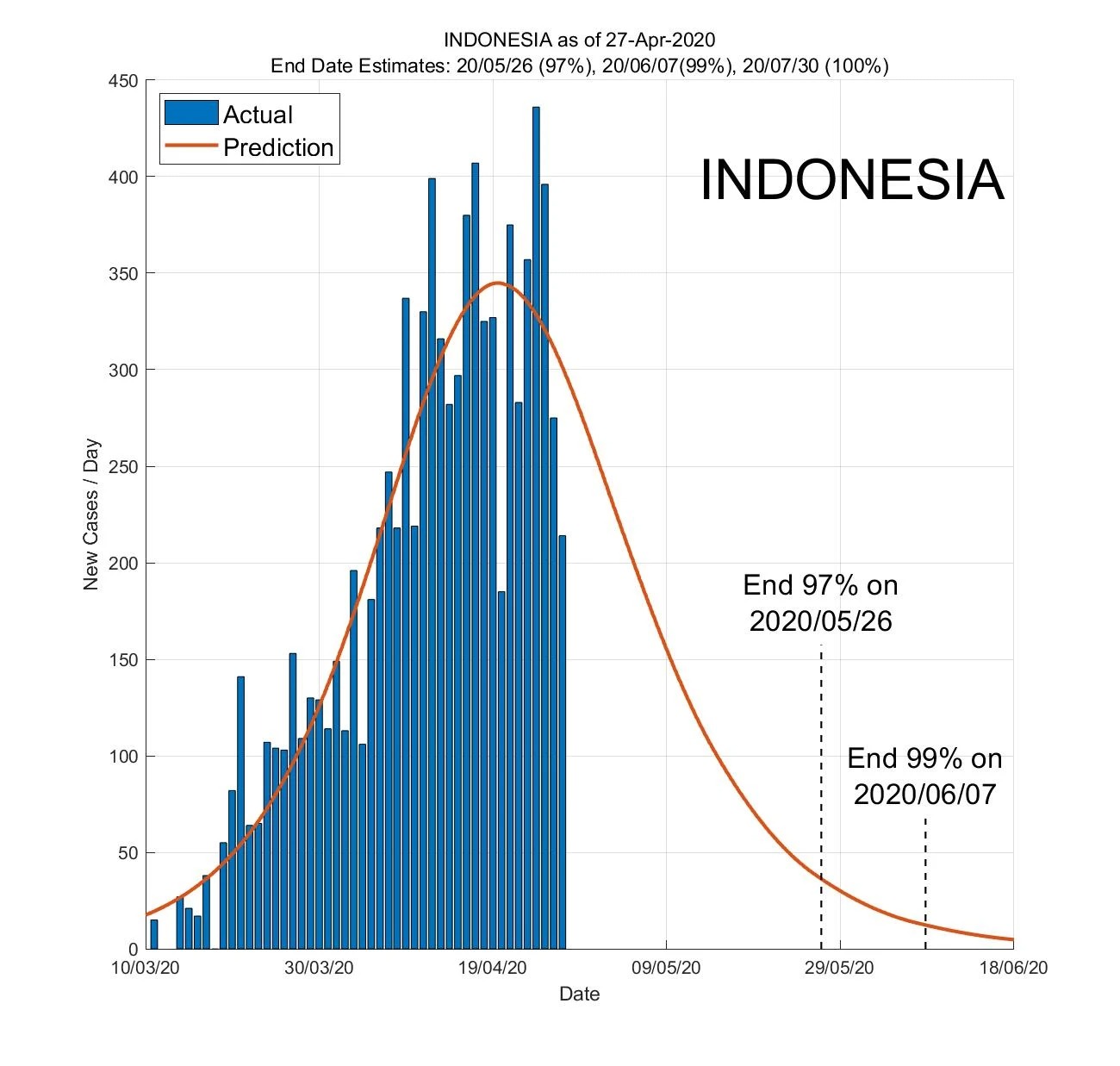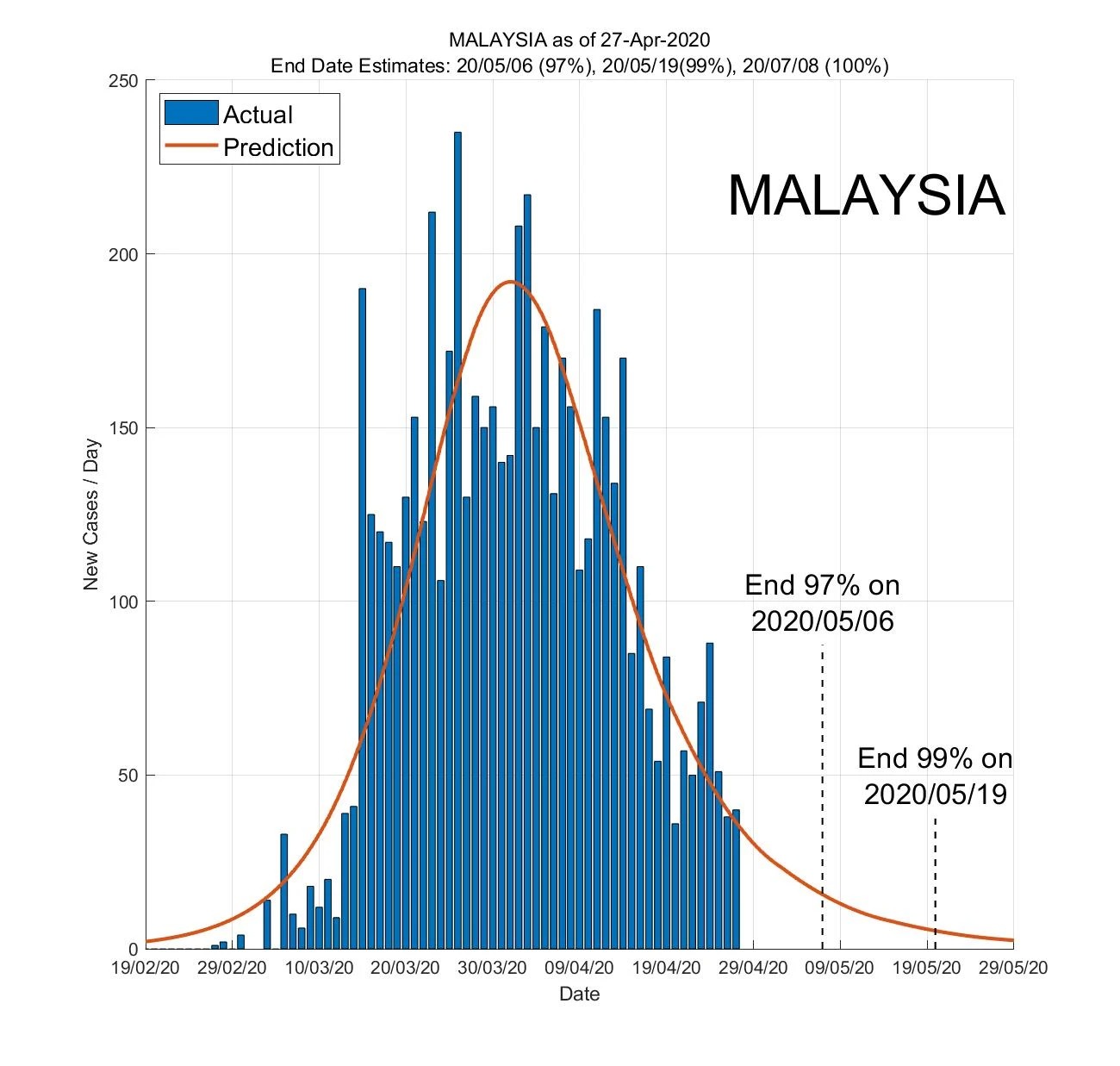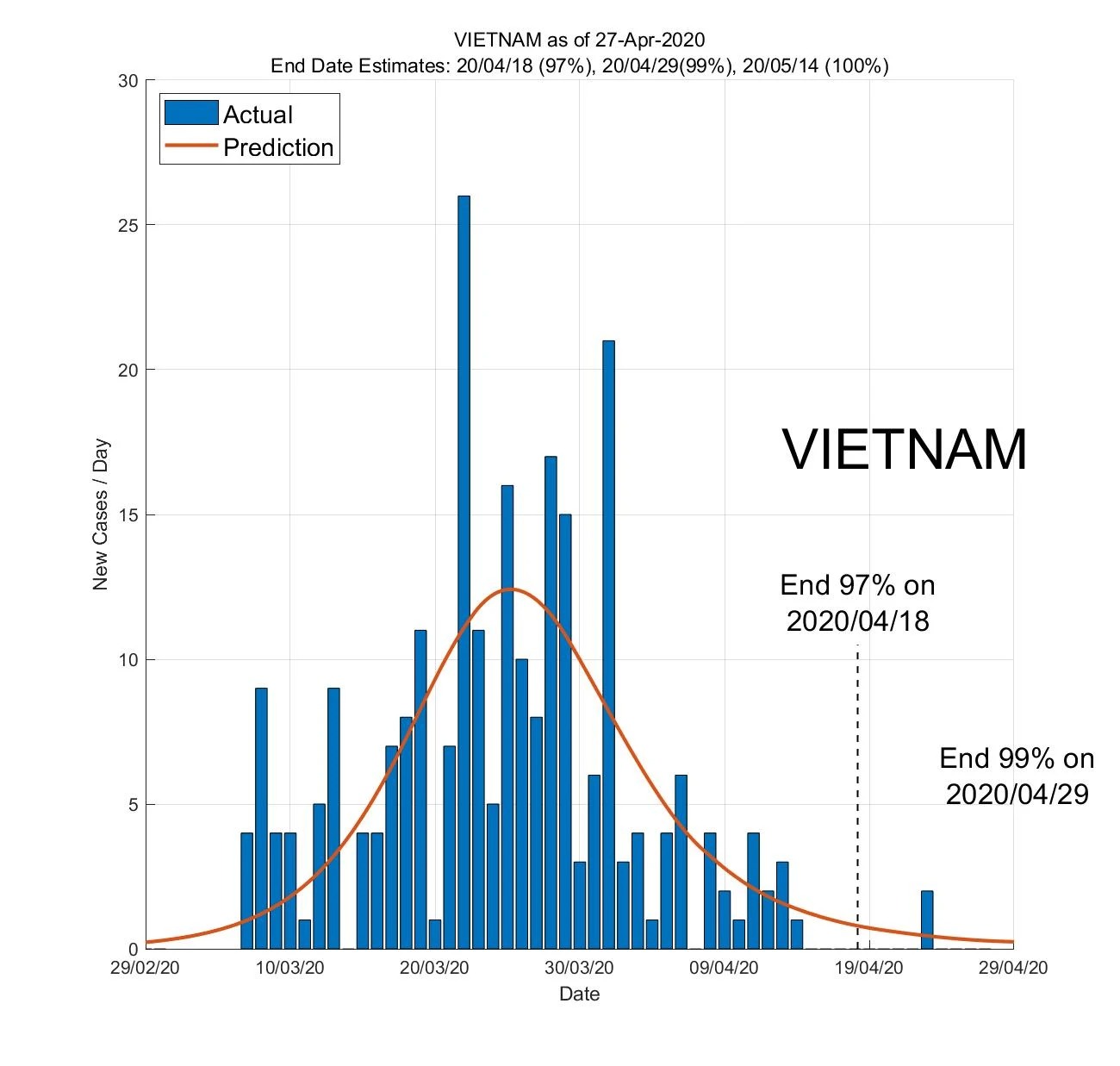Singaporean AI predicts ‘end’ of pandemic
By Argie C. Aguja
Senior Features Writer, The Philippine STAR
A prediction paper released by a Singaporean university projects how long until COVID-19 reaches the last expected case in a particular country, including the Philippines
As the world struggles with the challenges posed by the coronavirus disease 2019 (COVID-19), a forecast released by the Singapore University of Technology and Design (SUTD) last April 29 aims to shed light on when the pandemic might end in some countries, even in the Philippines.
DATA-DRIVEN PREDICTIONS
Using an artificial intelligence (A.I.) algorithm to study and analyze the most recent available data on total confirmed cases, total deaths, new confirmed cases, new deaths and population figures, the SUTD has been able to project the infection curve and generate a best guess of probable dates on when it believes the coronavirus disease will “end” or reach the last expected case in a particular country.
The predictions provide three alternative estimates of end dates in the order of conservativeness:
– the date to reach 97% of total expected cases
– the date to reach 99% of total expected cases, and
– the date to reach the last expected case.
Here are the projections on some countries in Southeast Asia.
 Singapore – The city state of Singapore has a 97% chance of seeing the virus end by May 9, 99% on May 15, and 100% by June 10.
Singapore – The city state of Singapore has a 97% chance of seeing the virus end by May 9, 99% on May 15, and 100% by June 10.
 Philippines – According to the AI algorithm, the Philippines is 97% likely to see the virus end by May 12, 99% by May 23, and might be 100% virus-free by July 8.
Philippines – According to the AI algorithm, the Philippines is 97% likely to see the virus end by May 12, 99% by May 23, and might be 100% virus-free by July 8.
 Indonesia – Indonesia is seen to have a 97% probability of the virus ending by May 26, 99% by June 7, and 100% by July 30.
Indonesia – Indonesia is seen to have a 97% probability of the virus ending by May 26, 99% by June 7, and 100% by July 30.
 Malaysia – According to data, the algorithm estimates that Malaysia has a 97% chance to see an end to the virus by May 6, 99% on May 19, and 100% on July 8.
Malaysia – According to data, the algorithm estimates that Malaysia has a 97% chance to see an end to the virus by May 6, 99% on May 19, and 100% on July 8.
 Vietnam – Vietnam has a 97% chance of seeing the pandemic end in their country by April 18, 99% on April 29, and 100% by May 14.
Vietnam – Vietnam has a 97% chance of seeing the pandemic end in their country by April 18, 99% on April 29, and 100% by May 14.
Overall, the global projection believes that most of the world will be free from the pandemic on December 1. However optimistic as the predictions may seem, the forecast is still subject to change depending on a variety of factors like virus mutation, population movement, and government response to the crisis.
OTHER COVID-19 FORECASTING EFFORTS
The SUTD’s prediction is just one of the studies conducted to shed light on the ever-changing trends of the ongoing pandemic. Other more systemic COVID-19 forecasting efforts are spearheaded by academic institutions around the world, including the University of Washington (https://covid19.healthdata.org/projections), University of Texas at Austin (https://covid-19.tacc.utexas.edu/projections/), Imperial College London (https://www.imperial.ac.uk/mrc-global-infectious-disease-analysis/covid-19/) and the Massachusetts Institute of Technology (https://idss.mit.edu/research/idss-covid-19-collaboration-isolat/).
The Singaporean study is refreshed with updated data from different countries to estimate the pandemic life cycle curves and provide theoretical ending dates, with codes provided by Milan Batista and data from Our World in Data. Because of the input of updated data, predictions are also expected to change as a result of variations in real-world scenarios over time. The whole projection can be viewed at https://ddi.sutd.edu.sg.
Disclaimer: Due to data limitations, not all countries are included in the analysis. It is strongly suggested to drop the earlier predictions for the countries no longer included due to the rapid changes in real-world scenarios. The list of countries reported will also vary daily depending on data.


